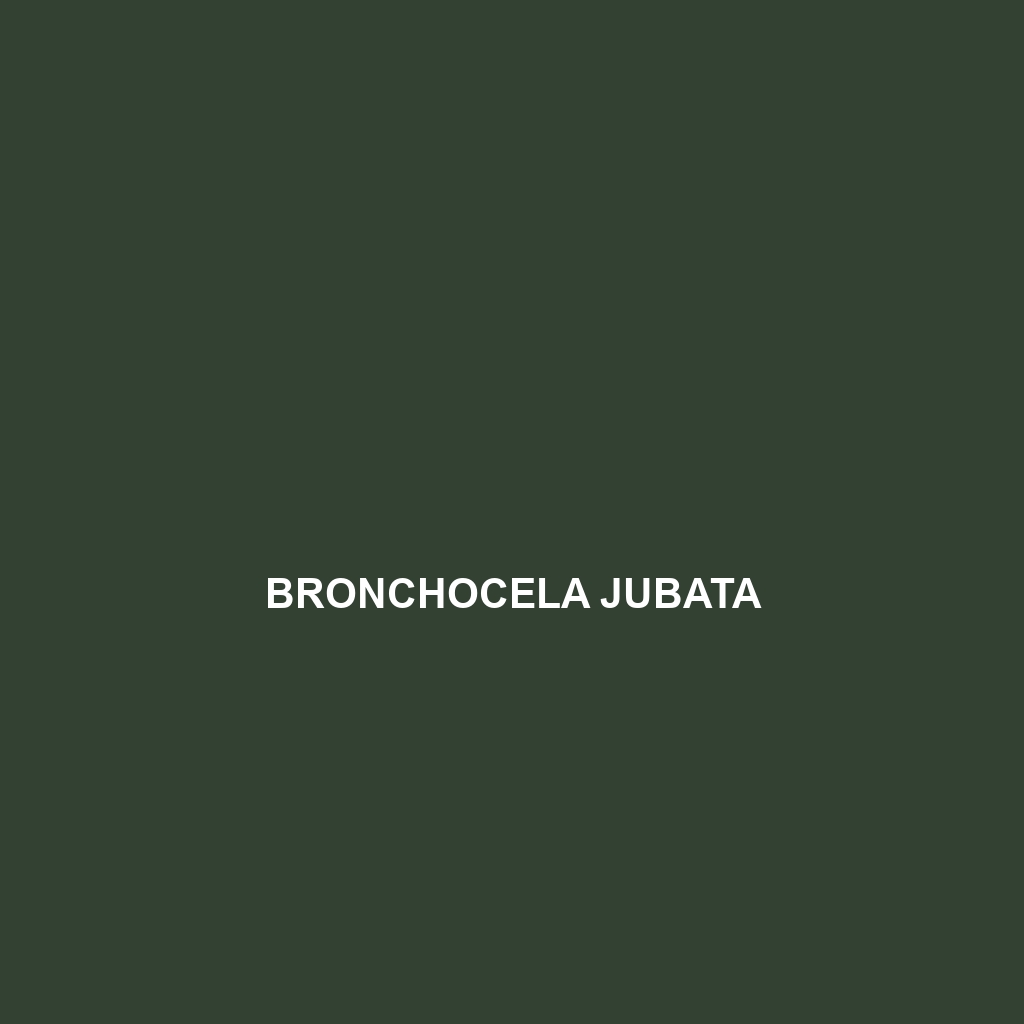Bronchocela jubata: The Unique Green Scaly Lizard
Common Name: Bronchocela jubata
Scientific Name: Bronchocela jubata
Habitat: Bronchocela jubata can primarily be found in the tropical forests of Southeast Asia, particularly in regions of Indonesia, Malaysia, and the Philippines. This species thrives in moist environments, often residing in lowland rainforests and occasionally venturing into secondary growth areas or forest edges. The lizard prefers areas with good vegetation cover, where it can find ample basking spots and tree branches for climbing.
Physical Characteristics: The Bronchocela jubata is a medium-sized lizard, typically ranging from 20 to 30 centimeters in total length. Its most striking features include a vibrant green coloration with some individuals exhibiting a slightly bluish hue. The body is elongated with a slender tail, and it has distinctive crest-like scales along its back, which help it blend into its leafy surroundings. Its limbs are also elongated, aiding in its arboreal lifestyle.
Behavior: This lizard is diurnal, meaning it is most active during the day. Bronchocela jubata is known for its excellent climbing abilities, often seen basking on tree branches or darting through foliage. Its unique defensive behavior includes flattening its body against the bark of a tree, effectively camouflaging itself from predators. These lizards are also known for their territorial displays, especially during mating season, where males can be seen engaging in push-up displays to attract females.
Diet: Bronchocela jubata primarily feeds on a diet rich in insects and other small invertebrates. Common food sources include ants, beetles, and caterpillars, which they capture with their quick reflexes. Although mostly insectivorous, they may also consume vegetation, especially when young, showing some degree of herbivorous behavior.
Reproduction: The breeding season for Bronchocela jubata typically occurs during the warmer months when food availability is high. Females are known to lay clutches of around 4 to 12 eggs in leaf litter or buried in soil, which incubate for several weeks before hatching. Newly hatched lizards are independent and exhibit the same arboreal habits as their parents, quickly adapting to their surroundings.
Conservation Status: Currently, Bronchocela jubata is classified as “Least Concern” by the IUCN Red List. However, habitat loss due to deforestation and urbanization poses a potential threat to its populations in certain areas. Conservation efforts are needed to ensure this species continues to thrive in its natural habitat.
Interesting Facts: One fascinating aspect of Bronchocela jubata is its remarkable ability to change color slightly in response to environmental conditions, allowing it to blend in better with its surroundings. Additionally, it is often referred to as the “Green Scaly Lizard” due to its distinct appearance and adaptive features.
Role in Ecosystem: Bronchocela jubata plays an important role in its ecosystem as both a predator and prey. By controlling insect populations, it helps maintain a balanced food web. Additionally, as a prey species for larger birds and reptiles, it contributes to the biodiversity within its habitat, promoting a healthy ecological balance.
